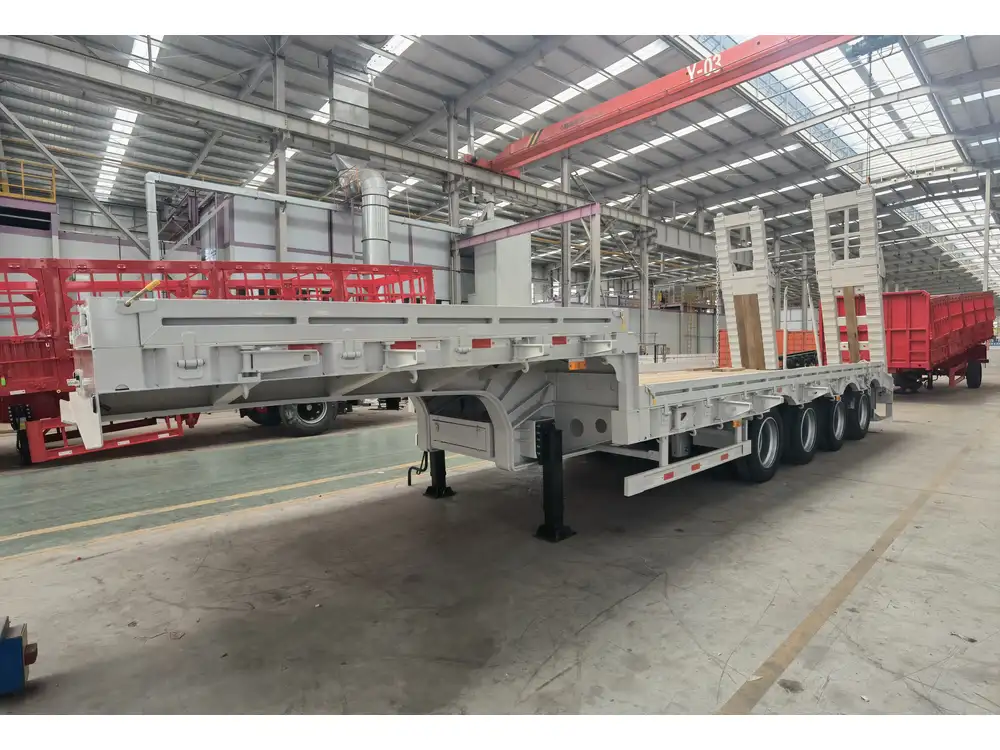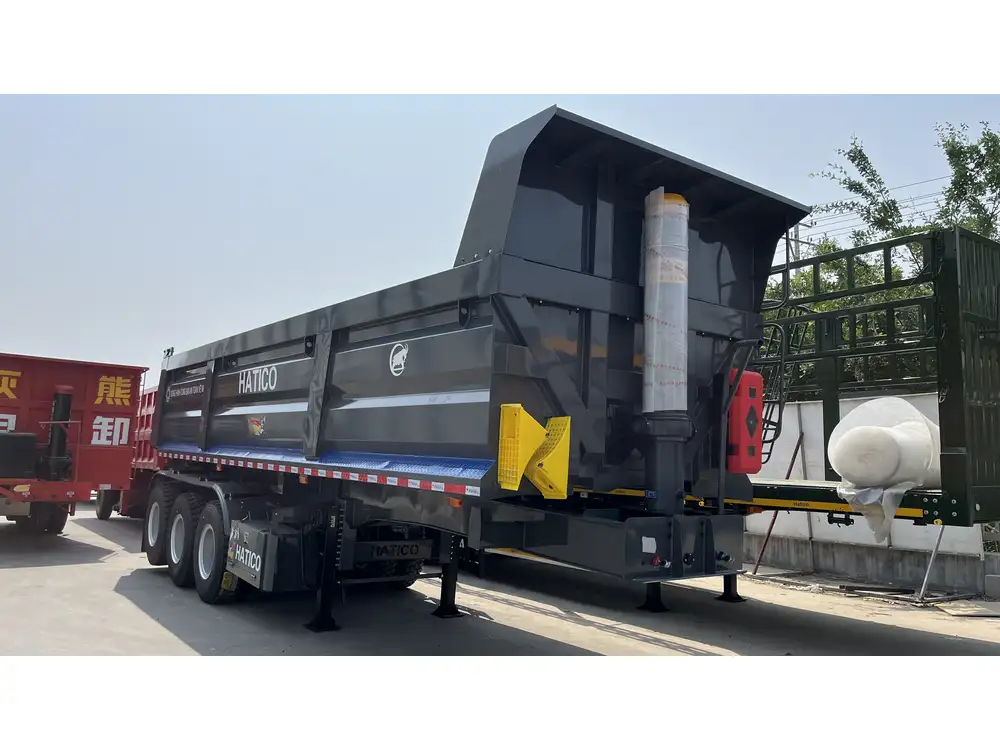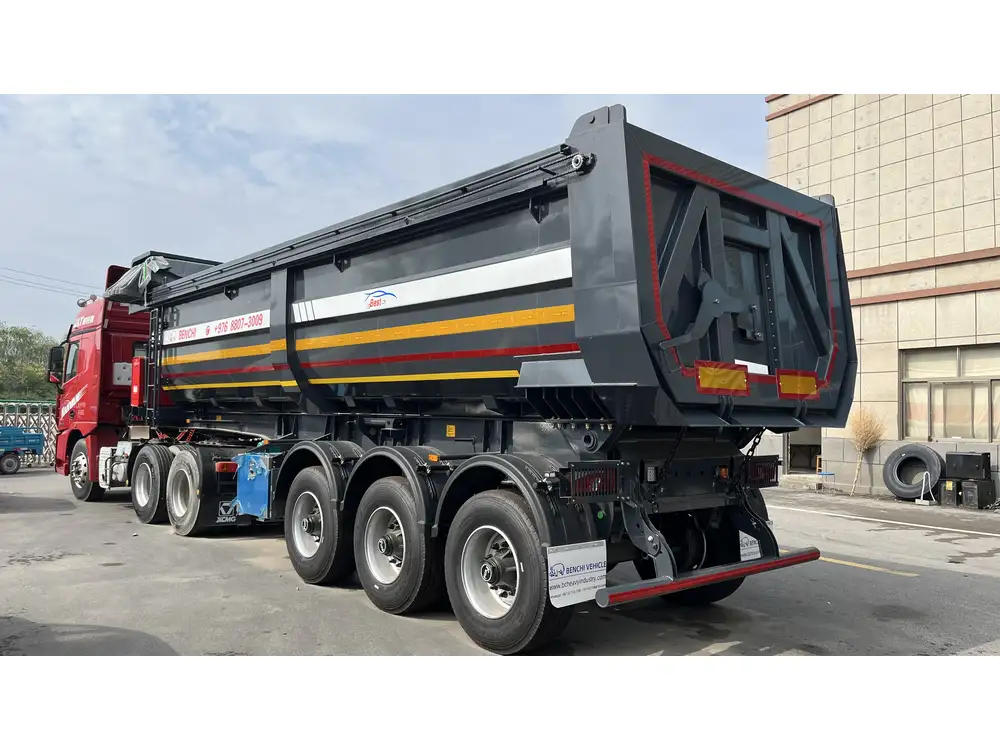Air brakes are a critical safety feature in semi-trailer trucks, providing powerful stopping capabilities essential for handling heavy loads on the road. Ensuring the correct adjustment of air brakes is fundamental to vehicle safety, operational efficiency, and compliance with transportation regulations. This guide delves deep into the intricacies of adjusting air brakes on semi-trailers, offering detailed methodologies and safety considerations to help you maintain optimal braking performance.
Understanding Air Brake Systems
Air brake systems utilize compressed air to operate the braking mechanism, relying on the principle of pneumatic force. The primary components of an air brake system include:
- Compressor: Compresses air to build up required pressure.
- Air Reservoir: Stores compressed air for brake application.
- Brake Chambers: Converts air pressure into mechanical force to activate the brakes.
- Slack Adjusters: These devices are responsible for maintaining proper clearance between the brake shoes and drum.
Understanding these components is essential before diving into the adjustment process, ensuring familiarity with their functions and importance.
Importance of Proper Adjustments
Proper adjustment of air brakes is crucial for:
- Safety: Inadequately adjusted brakes can lead to longer stopping distances, increasing the risk of accidents.
- Wear and Tear: Misalignment can cause uneven wear on brake components, leading to costly repairs and replacements over time.
- Regulatory Compliance: Many jurisdictions mandate regular inspections and adjustments to ensure vehicle safety standards are met.

Tools Required for Adjustment
To perform air brake adjustments effectively, you will need the following tools:
- Wrench or Ratchet Set: For loosening and tightening nuts and bolts.
- Brake Adjustment Tool: A specialized tool designed for the precise adjustment of brake slack adjusters.
- Torque Wrench: To ensure fasteners are tightened to the manufacturer’s specifications.
- Service Manual: Reference for specific guidelines relating to your semi-trailer model.
Step-by-Step Process for Adjusting Air Brakes
1. Preparation and Safety Measures
Before starting the adjustment process, adhere to these pre-adjustment safety measures:
- Ensure the vehicle is parked on a level surface.
- Apply the parking brake to prevent any movement.
- Chock the wheels to add an extra layer of safety.
- Wear appropriate personal protective equipment (PPE), such as gloves and safety glasses.

2. Inspect the Brake Components
Conduct a thorough inspection of the following components before making any adjustments:
| Component | Purpose | Inspection Criteria |
|---|---|---|
| Brake Shoes | Contact surface for braking | Check for wear; ensure shoes are not glazed |
| Drums | Rotating part that houses the brake shoes | Look for cracks, scoring, or overheating signs |
| Slack Adjusters | Adjusts cable tension | Ensure they are functioning properly |
3. Release Air Pressure
To begin adjusting the air brakes, it is essential to release the stored air pressure in the system. Follow these steps:
- Locate the air pressure release valve in the cab and activate it to release any residual pressure.
- Once the pressure has been discharged, you can proceed safely with the adjustments.
4. Adjusting the Slack Adjuster
The slack adjuster is pivotal for maintaining brake shoe clearance. The adjustment process involves:
Locate the Slack Adjusters: Typically situated on the axle near the brake chambers, these can usually be identified by their cylindrical shape and attached linkage.
Determine Initial Clearance: Use a brake adjustment tool to check the clearance between the brake shoe and drum. The ideal gap may vary, but it usually ranges from 1/8 to 1/4 inch.
Adjust the Slack:
- Manual Adjustments: Turn the adjuster arm until the brake shoes make slight contact with the drum. This often requires several turns, gradually tightening until proper clearance is achieved.
- Automatic Slack Adjusters: If your semi-trailer is equipped with automatic slack adjusters, ensure they are functioning correctly. Inspection should confirm that they automatically adjust to compensate for brake shoe wear.

5. Testing the Adjustments
Once adjustments are made, the next critical step is testing the functionality:
Reapply Air Pressure: Reinsert any removed components and refill the air pressure system. Ensure you do not exceed allowable pressure limits (often around 100-120 psi).
Conduct a Functional Test:
- Start the engine and build air pressure while watching for warning lights in the cab.
- Engage the brakes gently to ensure they are responsive. Test the vehicle at low speeds (if safe) to assess braking efficiency.
6. Final Inspection
After testing successfully, perform a final inspection of the entire braking system:
- Inspect for any leaks around the adjustment areas.
- Verify that all connections are secure and robust.
- Recheck the brake shoe and drum settings, ensuring no components have shifted or loosened.
Maintenance Best Practices
Proper ongoing maintenance ensures long-term performance of air brake systems. Consider these best practices:
- Regular Checks: Schedule regular inspections every 6,000 miles or per manufacturer recommendations.
- Lubricate Moving Parts: Use appropriate lubricants on the slack adjusters to ensure smooth operation.
- Monitor Wear: Keep an eye on brake shoe and drum wear, replacing components as necessary to prevent diminished performance.
- Air System Maintenance: Regularly check the compressor, pipelines, and valves for leaks or deterioration.

Troubleshooting Common Issues
Occasional problems may arise with air braking systems. Here are some common issues and their solutions:
Problem: Brake Dragging
- Symptoms: Excess heat, premature wear, and reduced fuel efficiency.
- Solution: Adjust the slack adjuster and inspect for binding components or improper installation.
Problem: Uneven Brake Wear
- Symptoms: Noticeable wear differences across brake shoes.
- Solution: Check for proper alignment, slack adjuster function, and inspect for misalignment in the mounting hardware.

Problem: Air Leaks
- Symptoms: Inconsistent brake response, loss of pressure.
- Solution: Inspect air lines and fittings for any signs of wear or damage. Replace faulty components immediately.
Conclusion
Adjusting air brakes on a semi-trailer requires precision, understanding of the braking system, and adherence to safety protocols. By following this guide meticulously, you can ensure that your vehicle operates at peak performance while maintaining safety standards.
Committing to regular maintenance checks, staying informed about common issues and troubleshooting methods, and adopting proper adjustment techniques can enhance your semi-trailer braking system’s longevity and overall functionality. With diligent care, you can tackle the demands of the roadway confidently, knowing that your air brakes function flawlessly.
Equipped with this knowledge, you’ll not only enhance the safety of your driving experience but also foster a culture of preventive maintenance within your operation, paving the way for safe and efficient transport solutions.



